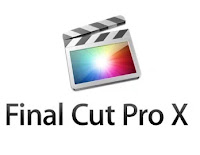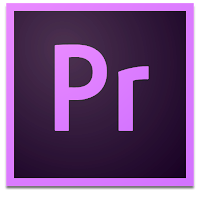Analogue into digital
Analogue
Analogue editing was used to edit film clips before digitally editing on a computer. Analogue editing consisted of cutting the negative film cells, putting them into the correct order and then splicing them together.There are fewer films today being made on film as it requires time (as it takes longer), space (files aren't compact) and old fashioned machinery.
Although it may require more patience and a skilled editor to edit an analogue movie, this does not stop some directors. Quentin Tarrentino recently filmed one of his movies on 65mm on the Ultra Panavision 70.
http://www.indiewire.com/2015/12/how-quentin-tarantino-resurrected-ultra-panavision-70-for-the-hateful-eight-175612/
http://www.tasteofcinema.com/2016/the-10-best-filmmakers-who-still-shoot-in-film/
Digital
Digital editing is performed on a computer with special editing software. This type of editing is easier than analogue as it is faster and simpler. It is all done with compact files that are easily transferable from one software programme or computer to another. Footage is imported to the timeline and then is cut and moved around. On these programmes it is possible to colour grade the footage and add extra effects.Some of the different types of editing software are Final cut, Premier pro or Adobe.


Mixed Reviews
There are many film makers that love the retro qualities of analogue, from the finished look of the film to being able to splice the cells manually but at the same time there are film makers out there that, although they love analogue film too, may not be able to put in the time that manually editing films requires.There are pros and cons to both types of editing in film making but I feel that there is a place for them both when making a movie.
https://newrepublic.com/article/119431/how-digital-cinema-took-over-35mm-film
http://www.vox.com/2016/1/5/10714588/film-digital-35mm-70mm-explainer
https://indiefilmhustle.com/film-vs-digital/



No comments:
Post a Comment